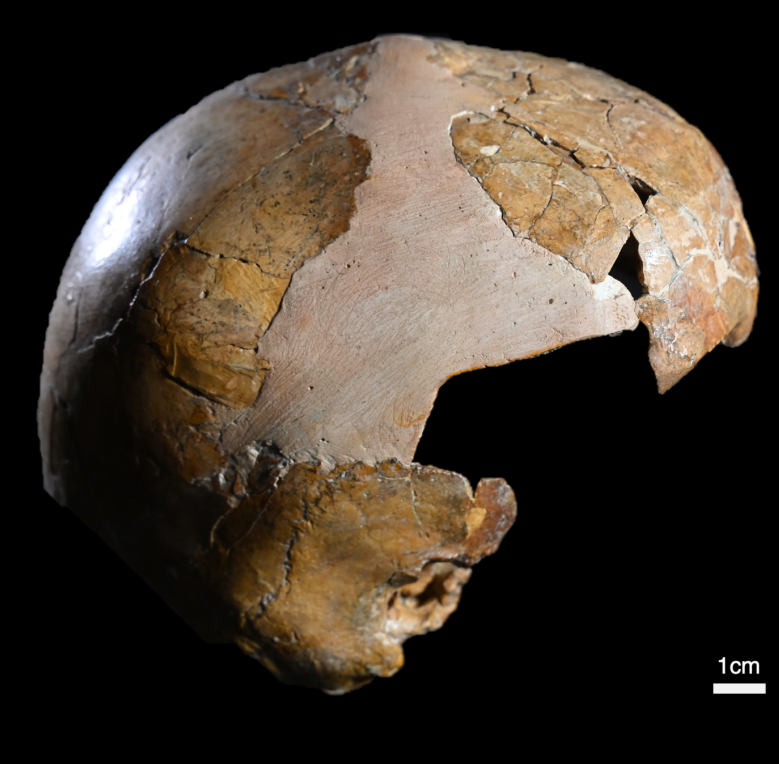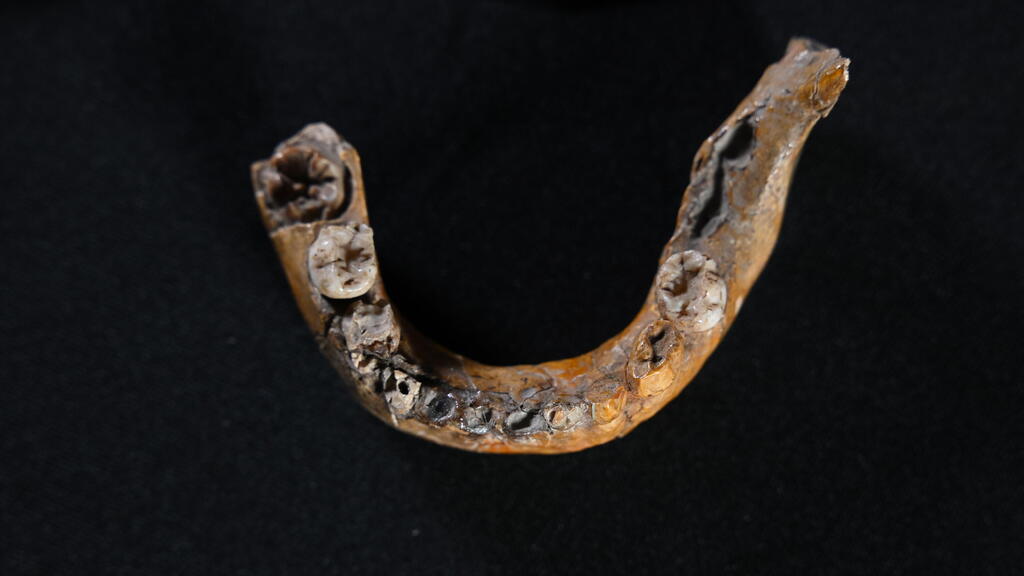The find, a five-year-old child’s skeleton unearthed 90 years ago in Sefunim Cave on Mount Carmel, shows a blend of Neanderthal and Homo sapiens traits, marking it as the world’s oldest human fossil with such mixed characteristics.
“Genetic studies from the last decade show these groups exchanged genes. Today, 40,000 years after the last Neanderthals vanished, 2% to 6% of our genome is Neanderthal. But that gene flow occurred much later, 60,000 to 40,000 years ago,” Prof. Hershkovitz explained.
“This 140,000-year-old fossil is different. The child’s skull, generally resembling Homo sapiens with its curved cranium, features a cranial blood supply, lower jaw and inner ear structure typical of Neanderthals.”
The discovery challenges earlier views that Neanderthals, thought to have evolved in Europe and reached Israel only 70,000 years ago due to glacial expansion, were a separate lineage.
Researchers previously demonstrated in a 2021 Science study, led by Prof. Hershkovitz, that early Neanderthals lived in Israel 400,000 years ago, dubbed “Nesher Ramla Homo” by the Tel Aviv team. These groups encountered Homo sapiens migrating from Africa around 200,000 years ago, and the latest findings suggest they interbred.
The Sefunim child provides the earliest fossil evidence of social and biological connections between the populations, which persisted for millennia, with local Neanderthals eventually merging into Homo sapiens, mirroring the fate of their European counterparts.
The conclusion followed advanced tests on the fossil. The team scanned the skull and jaw using micro-CT at Tel Aviv University’s Shmunis Family Anthropology Institute, creating a precise 3D model. This enabled a detailed anatomical analysis, including hidden structures like the inner ear, compared across hominid populations.
They also reconstructed the cranial blood vessel network in 3D. “This fossil is the earliest physical evidence of Neanderthal-Homo sapiens mating. In 1998, a child skeleton in Portugal, dubbed ‘Lapedo Child,’ showed mixed traits but dated to 28,000 years ago—over 100,000 years later than the Sefunim child,” Prof. Hershkovitz added.
“Traditionally, fossils from Sefunim and nearby Tabun Cave near Nazareth were linked to early Homo sapiens, but this study reveals some Sefunim fossils result from ongoing Neanderthal gene flow into Homo sapiens.”





